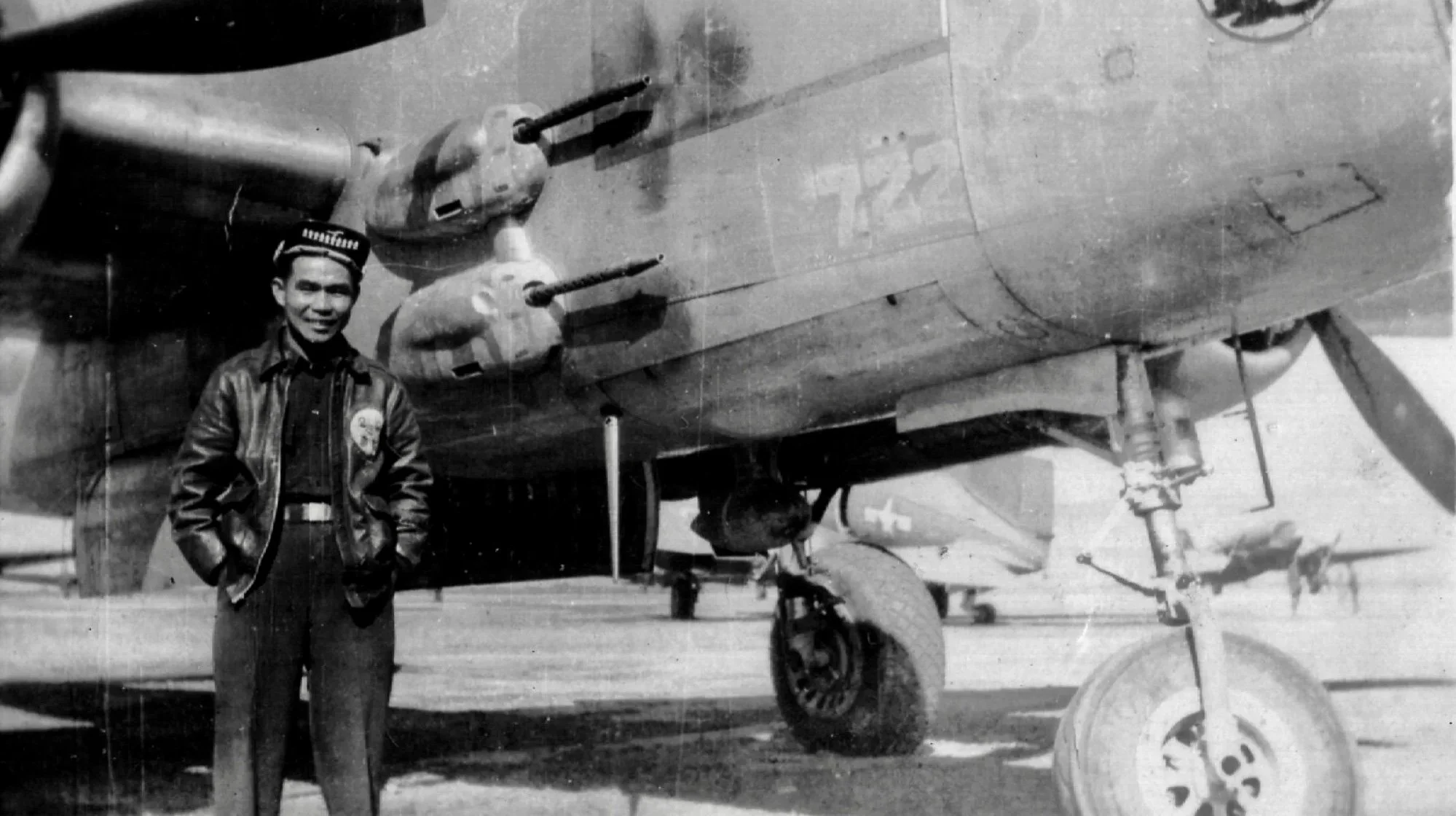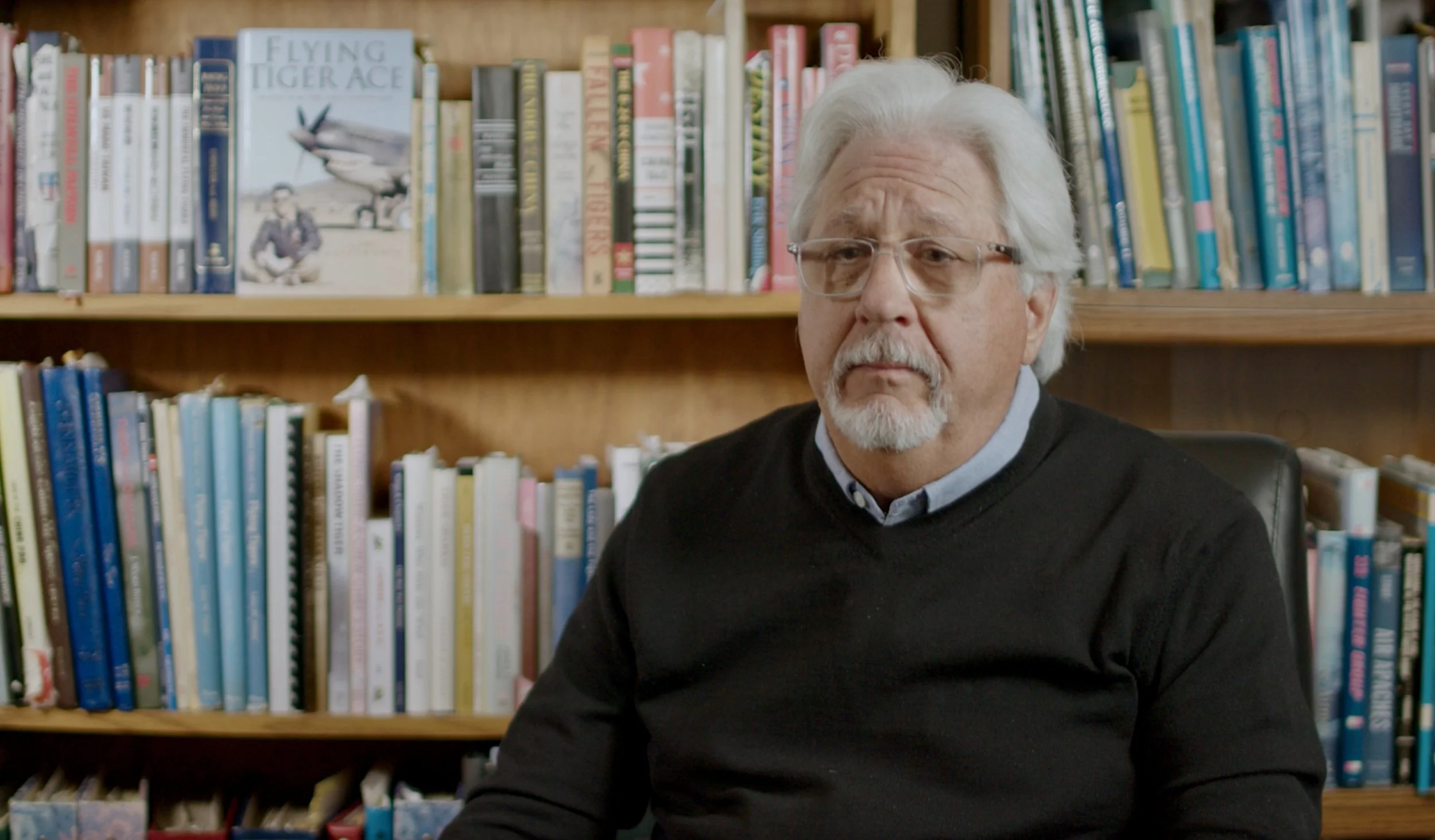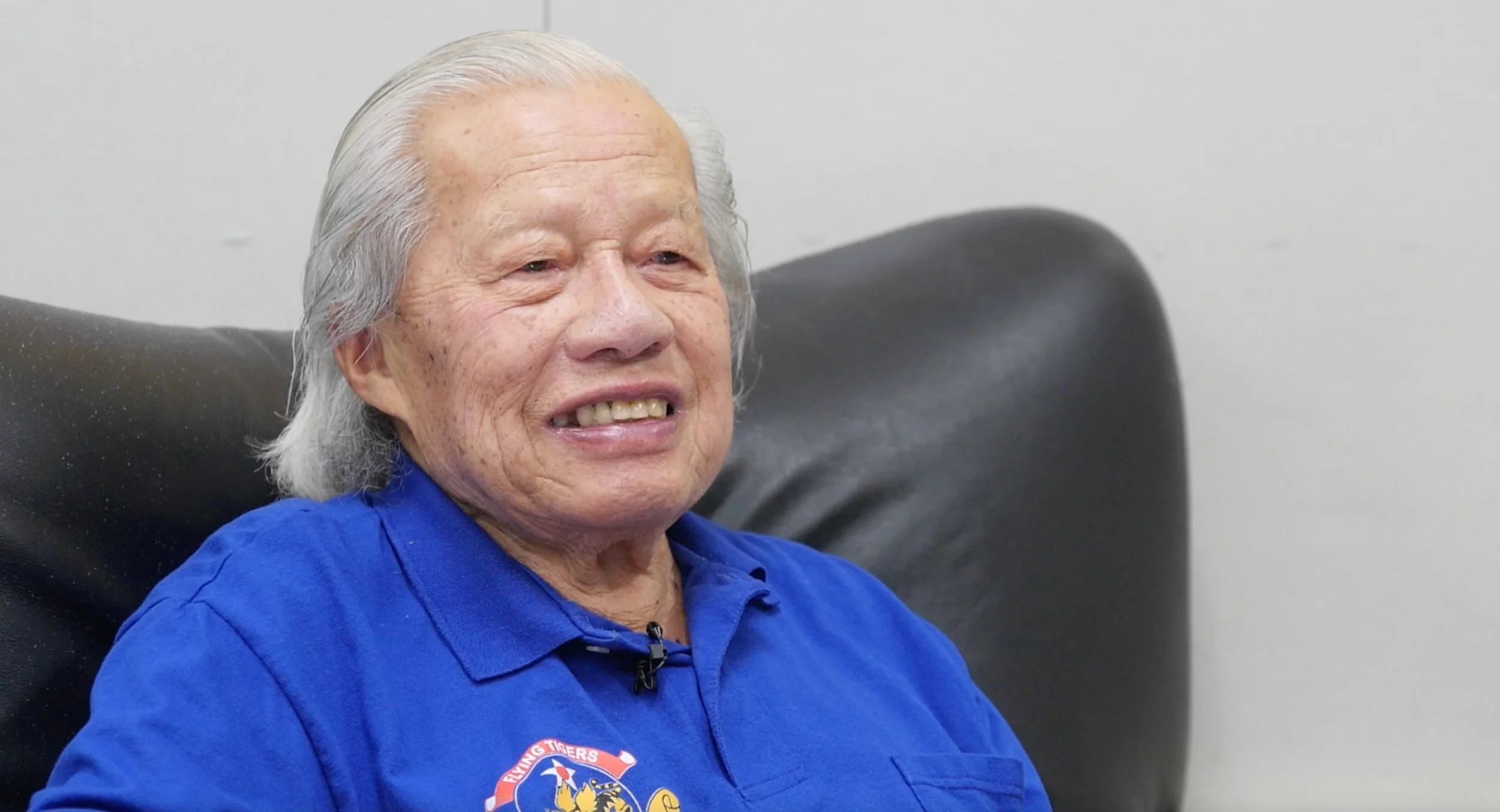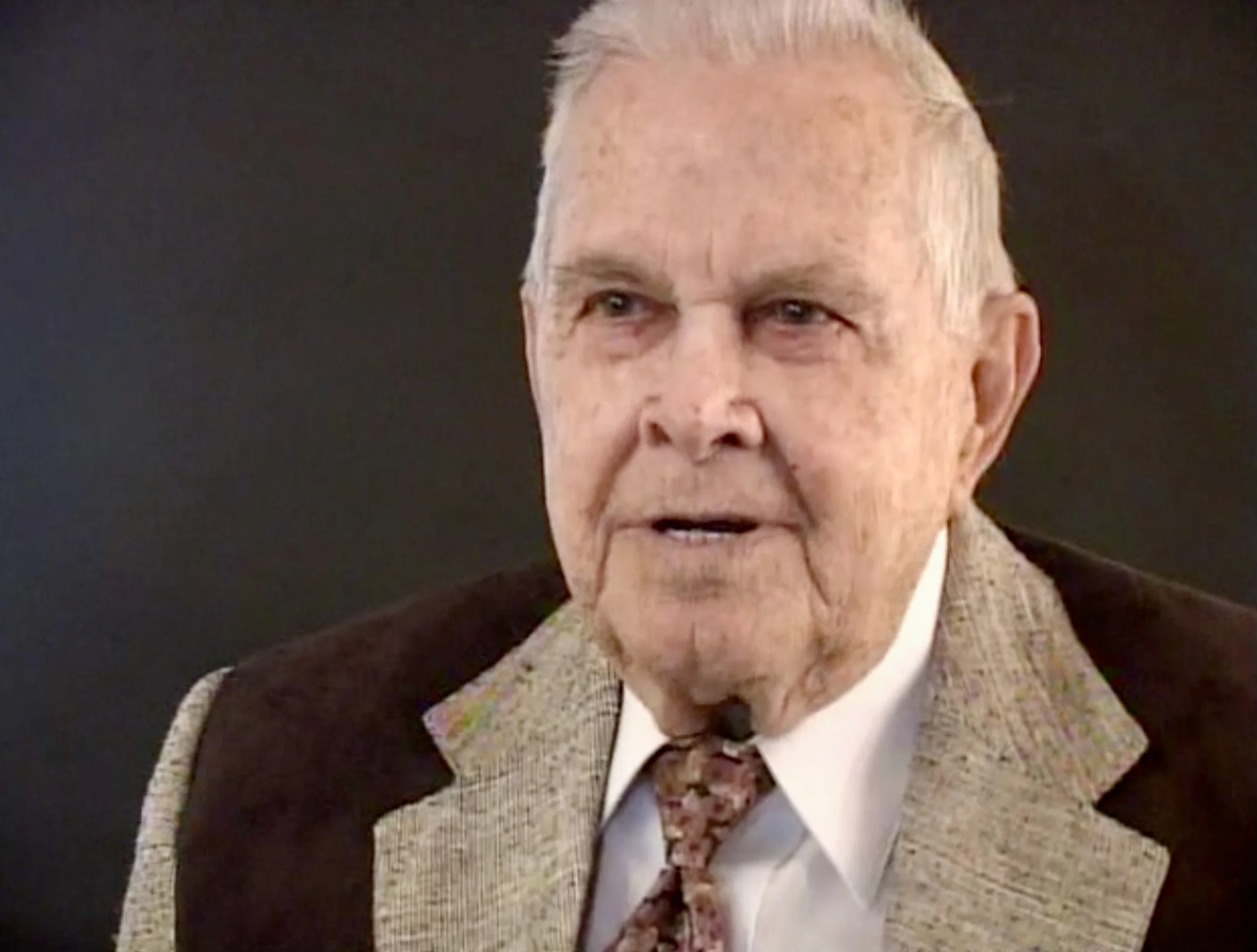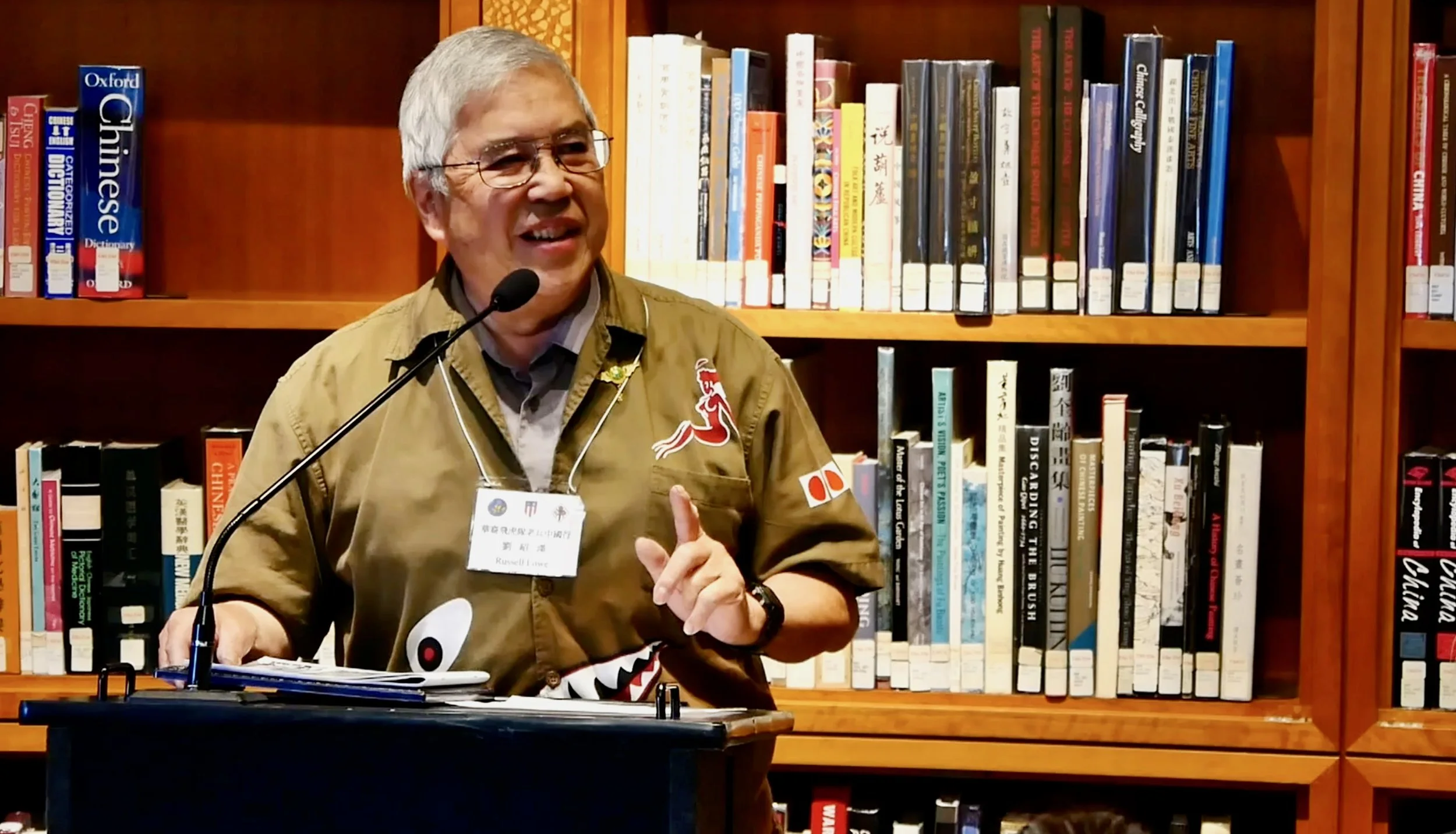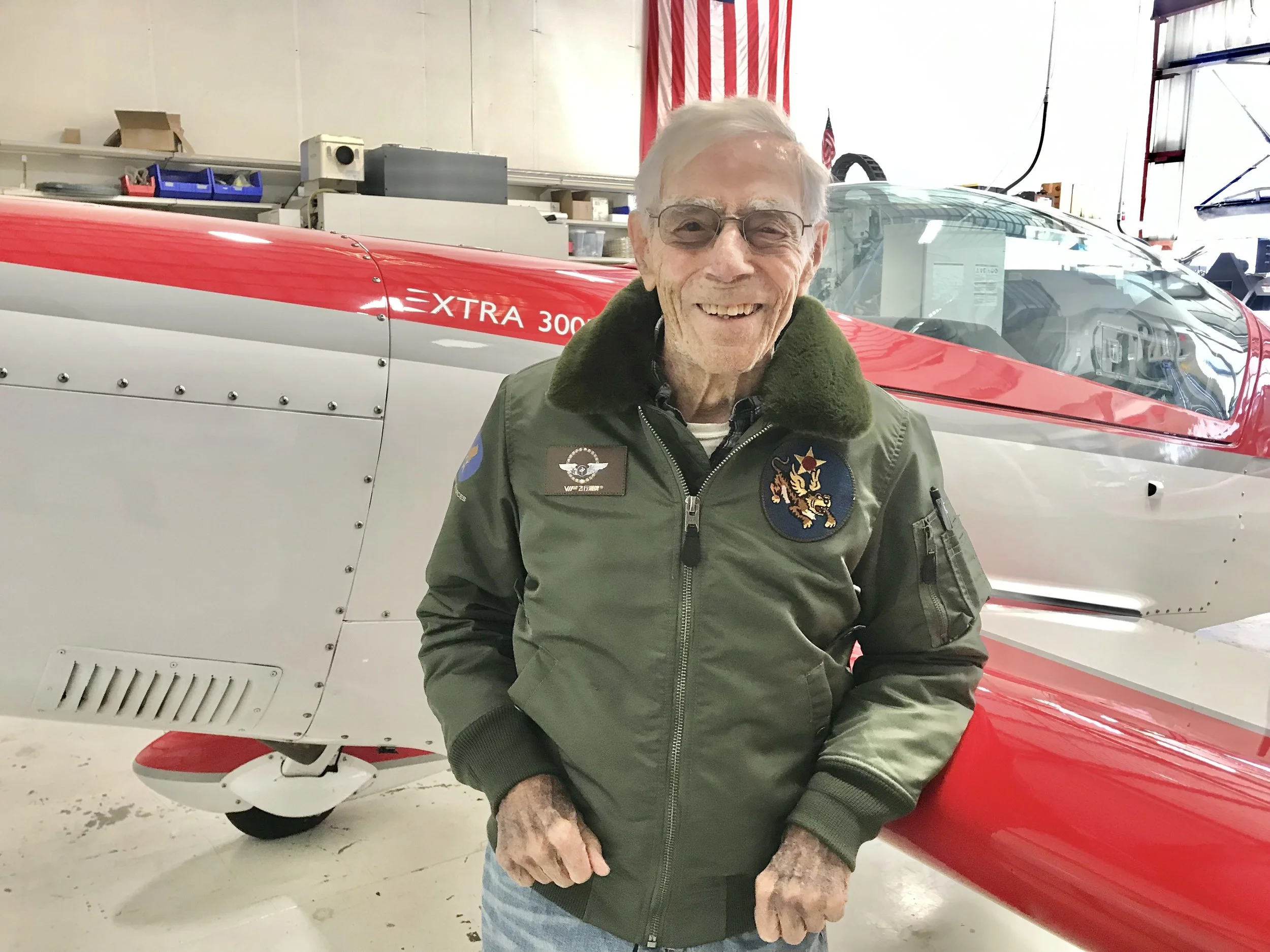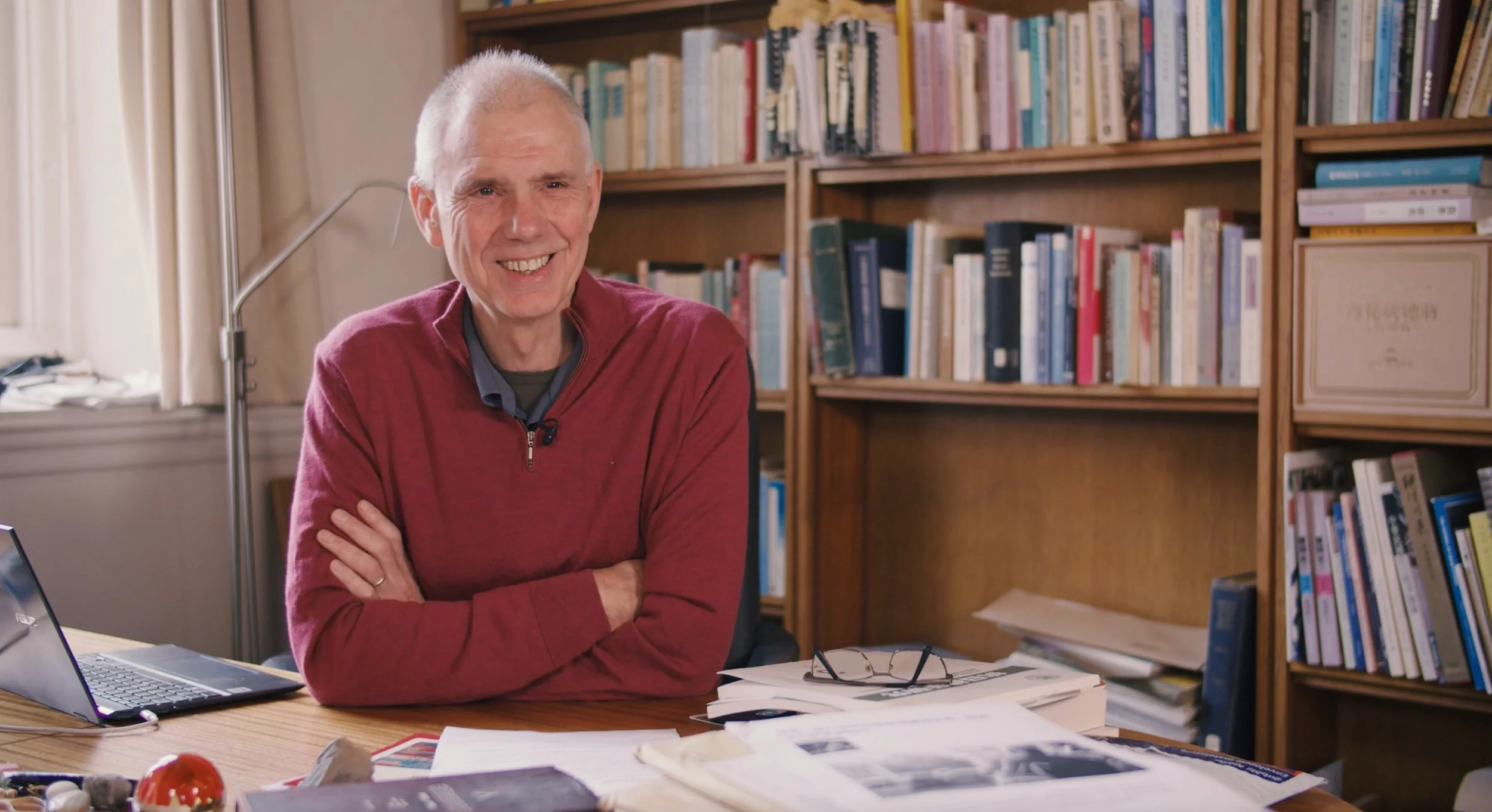Participants
ANN LEE, Researcher/Author
“The National Chinese government, at that time, tried to recruit students, cadets, from the university. So, my second uncle want to apply for that. My grandparents know that it very dangerous, but for the country and they still let him to go. So, he just join the Chinese Aviation Academy.”
HO WENG TOH, Flying Tiger
“I was doing my exams in the Hong Kong University, and suddenly I heard the noise of boom, boom, boom. So, I was very curious, and I rushed the balcony to find out what's all the commotion. And to my surprise, I saw the bombers dropping bombs in Kai-Tak Airport in Hong Kong. I couldn't believe what I saw. I said, “This cannot be true. How come things like that had happened in Hong Kong?’”
CARL MOLESWORTH, Author and Historian
“The Chinese American Composite Wing was probably the most unusual unit of any combatant of World War II, because it combined personnel of two different countries, who spoke two different languages, under the same command structure.”
HEAR HISTORIAN CARL MOLESWORTH EXPLAIN HIS FASCINATION WITH AVIATION, CHINA AND WORLD WAR 2.
HARRY LIM, 14th Air Force veteran
“I was 19, I was ‘invited’ by the U.S. government to be in the Army. Mother was kind of sad about it, she was thinking of that old Chinese custom, your son gets in the Army and that’s it, never expect for him to come back alive.”
BILLY BECK OAKLEY, 14th Air Force veteran
“I had… three guys in my crew. I had a co-pilot, and a navigator and an engineer. So, they give us this brand-new airplane, ‘so you all deliver this thing to Karachi, India.’ And they gave us the route, but they didn’t tell us when to get there. So, we had a good time.”
RUSS LOWE, son of a 14th Air Force veteran
“This is one of the missing chapters of U.S./China history, and Chinese American history. And now it is going to be incorporated as part of a bigger story of what happened in Asia during World War II.”
WING LAI, 14th Air Force veteran
“(Our unit was) half American born and half China born. We call ‘em FOB and they call us ABC. Which is American Born Chinese and FOB is Fresh Off the Boat. We had a little difficulty there, but we got along pretty good.”
HARRY MOYER, Flying Tiger
“As one of the last of the Flying Tigers, I put myself out to be anything that can help that situation. That is my only hope. That is my primary purpose of being here at this age. To come to China and spread the story and the message of the Flying Tigers about America and China. They have to get together. Now it’s up to the new generation to do so.”
HANS VAN DE VEN, Ph.D., University of Cambridge
“I think both sides have put a great deal of effort in saying, ‘Look, there is another way of thinking about US-China relations as one that is doomed to war. We have a common heritage in cooperation in the Second World War. We should not forget that there was a time when Americans put their lives at risk in order to support China.’”

